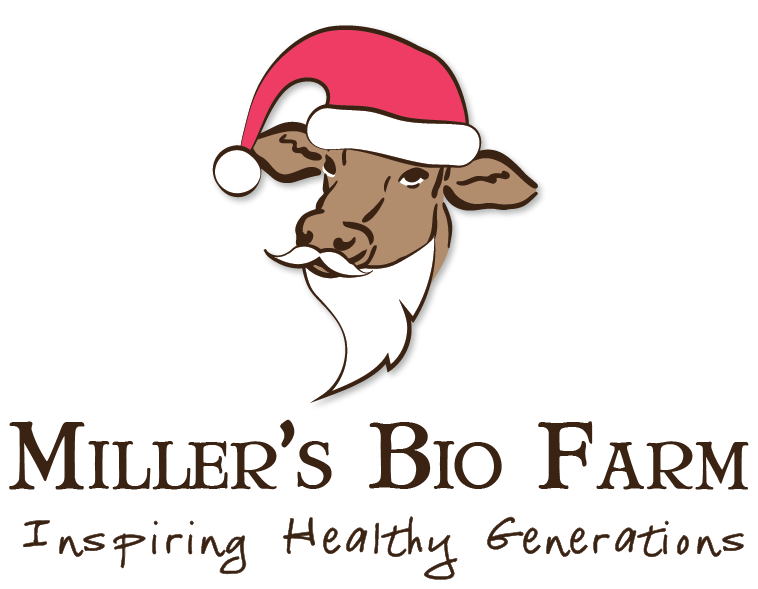"Natural Flavors". So mysterious. Do you know exactly what they’re made of?
posted on
February 18, 2022

“Natural flavors” is a mysterious ingredient in so many foods. What exactly are “natural flavors”? This is a question that’s irked me for years. And, Google (and food producers too) have been little help finding a real answer.
I like to know everything about where my food comes from and how it’s produced. Knowing the answer to this question is imperative for me to make an educated choice. Without an answer… well, I’ll just avoid that ingredient as much as I can.
Finally, I met a food scientist who knows the answer and could scientifically explain it to me. There are still some unknowns, but I do feel I have a much better grasp on this than ever before.
Let’s get to it…
“Natural flavors” are compounds produced in a lab that have the exact same structure as a specific flavor compound found in real food.
The idea is that the taste of a fresh strawberry can be recreated. If not for “natural flavors”, strawberry-flavored products would have a jammy, cooked strawberry taste rather than a fresh strawberry taste.
According to market research and blind taste tests, it seems that the grand majority of people prefer a fresh strawberry taste over a cooked strawberry taste.
Sure sure sure. This is all fine and well. But, is having a fresh strawberry taste year round, in every strawberry flavored product, an over-the-top luxurious expectation?
Maybe we’re supposed to be absolutely amazed by the taste of a fresh, absolutely ripe strawberry when they’re in season in June. You know what I mean. You bite into the juicy fruit, your eyes roll back, and you can’t stop the “mmmmmm” sound coming from your mouth. Isn’t that one of the best sensations ever?
Why do we expect or feel entitled to have that flavor all year long? We ship strawberries from halfway around the world. And, we use labs to recreate that flavor as closely as possible. Strawberries are amazing… but is it worth it?
You can’t create something out of nothing. Where do those parts of the compounds in “natural flavors” come from?
Well, I ultimately have no idea! Really, we don’t have the right to know. It’s proprietary.
According to the FDA, “natural flavors” are created from compounds extracted from a really broad list of plant or animal sources:
- spices
- fruit or fruit juice
- vegetables or vegetable juice
- edible yeast, herbs, bark, buds, root leaves, or plant material
- dairy products, including fermented products
- meat, poultry, or seafood
- eggs
This is different from “artificial flavors”, which are NOT derived from a kind of food.
The compounds are extracted by heating or roasting or with enzymes or who knows how else. In addition to the flavor compounds alone, synthetic solvents, preservatives, emulsifiers, carriers, and other additives can be added.
For “natural flavors” that are used in “certified organic” foods, the list of additives are restricted. They must use non-petroleum-based solvents, cannot be irradiated, and cannot use flavor extracts derived from genetically engineered crops.
Keep in mind that there are many different terms to describe these kinds of ingredients - “natural flavors”, “organic flavors”, or “organic natural flavors”
Although what “natural flavors” are is still largely a mystery. What I do know is that this ingredient is hands down a lab-produced ingredient.
Since they can be derived from a wide variety of foods, people with allergies or intolerances should probably avoid them. And, if you strive to eat as clean and naturally as possible, you should probably avoid them as well.
None of the products at Miller’s Bio Farm contain “natural flavors”. The flavors are actually “natural” and come from real food.
Well… this is with the exception of when our processor makes a mistake. Instead of throwing that food away, we put those products in the Oops! It doesn’t meet our standards collection, note which mistake was made, and give you a discount.




